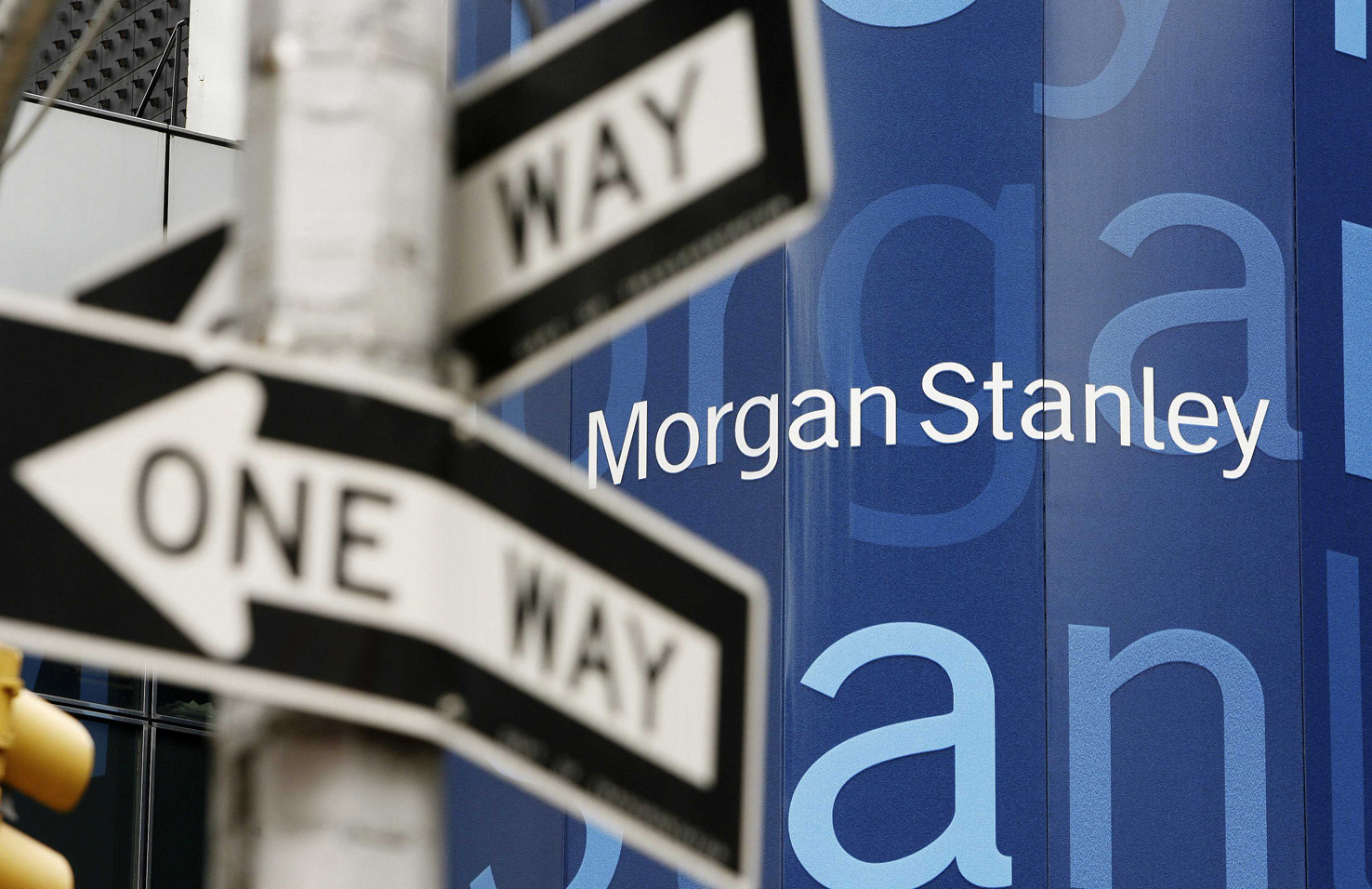With the yield of Greek 10-year bonds having receded to under four percent (3.96%) and with the seven-year bond at 3.49% on the market, analysts and economists are reviewing the data concerning the post-bailout period, starting in late August.
On the positive side, they expect more upgrades of the Greek economy, but with the Greek debt remaining in the junk category. Despite the upgrade by S&P, Greek bonds are four notches away from investment grade.
For Morgan Stanley, there is a window of opportunity for including Greece in the QE (quantitative easing) programme, as the ECB could choose to do this before the end of the programme, at year’s end. Given the European Commission’s projection that the debt level will continue to decline, it is possible that the ECB could include Greece. Yet, the window of opportunity is small, as the bailout programme ends on 20 August, and because the economy is below investment grade, inclusion in the QE programme seems unlikely.
It is also unknown whether the ECB will view post-bailout fiscal surveillance as equal to that under the fiscal adjustment programmes, so as to retain the waiver for banks. It is quite possible that the ECB will view the surveillance as comparable to the bailout, but that negates the government’s assertions about a “clean” bailout exit.
New bond issues
UBS sees room for a rise in bond prices (a drop in the yield), as there are 40bn euros worth of bonds on the market – about 11 percent of the Greek debt – and limited new issues are expected, which already offer increased legal protection.
For HSBC, analysts see a prospect for a rise in the prices of Greek bonds. Greece’s funding needs are limited over the next few years and the risk is reduced, so that Greek bonds with a maturity of under 10 years appear attractive. The five-year bond continues to retain its value, and if Greece returns to the market, the purchase of three-year bonds is recommended.
In the long term the debt issue appears more uncertain for Morgan Stanley, as the key is a high and sustainable growth rate. Cyclical recovery will begin to acquire a certain dynamic. Aside from the economic cycle, prospective growth is the solution for high debt, which will be a focus of attention for decades.
In any event, growth is considered the key to the solution.



